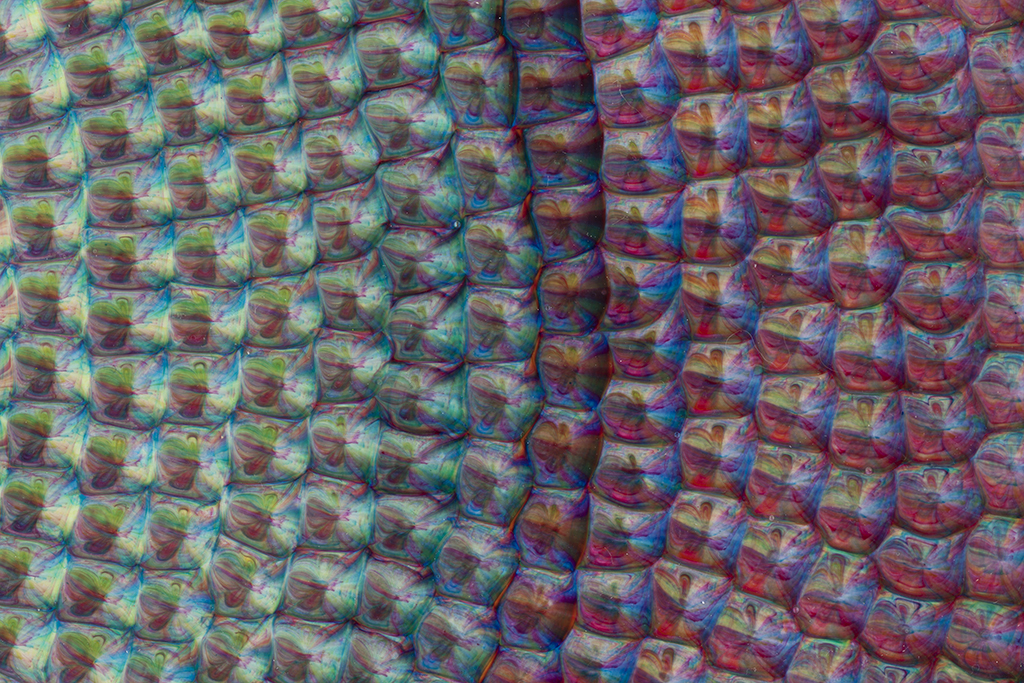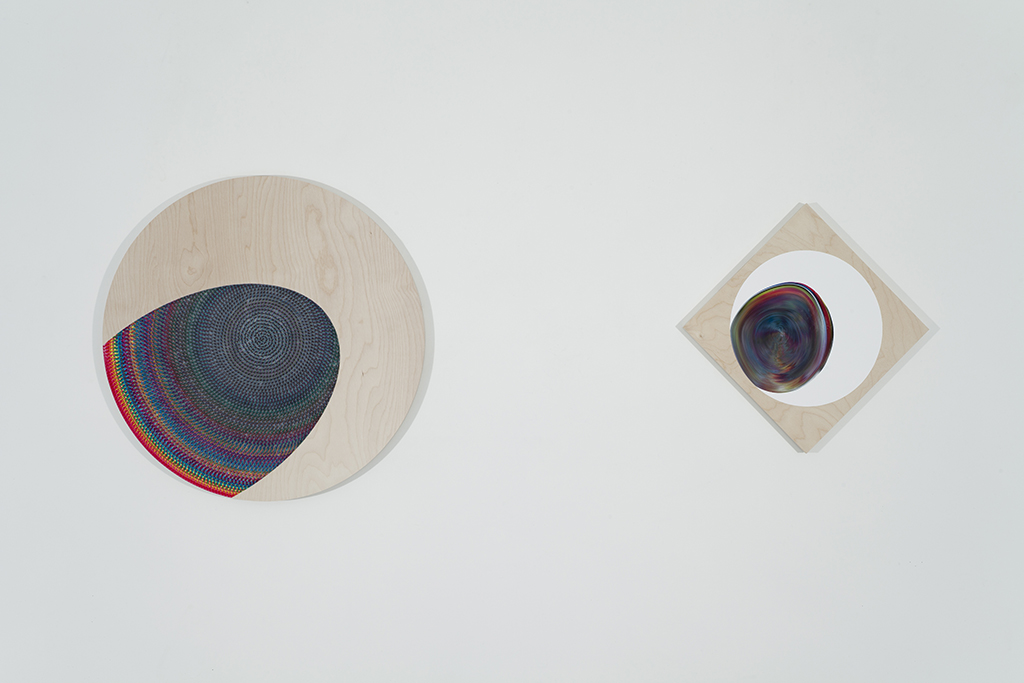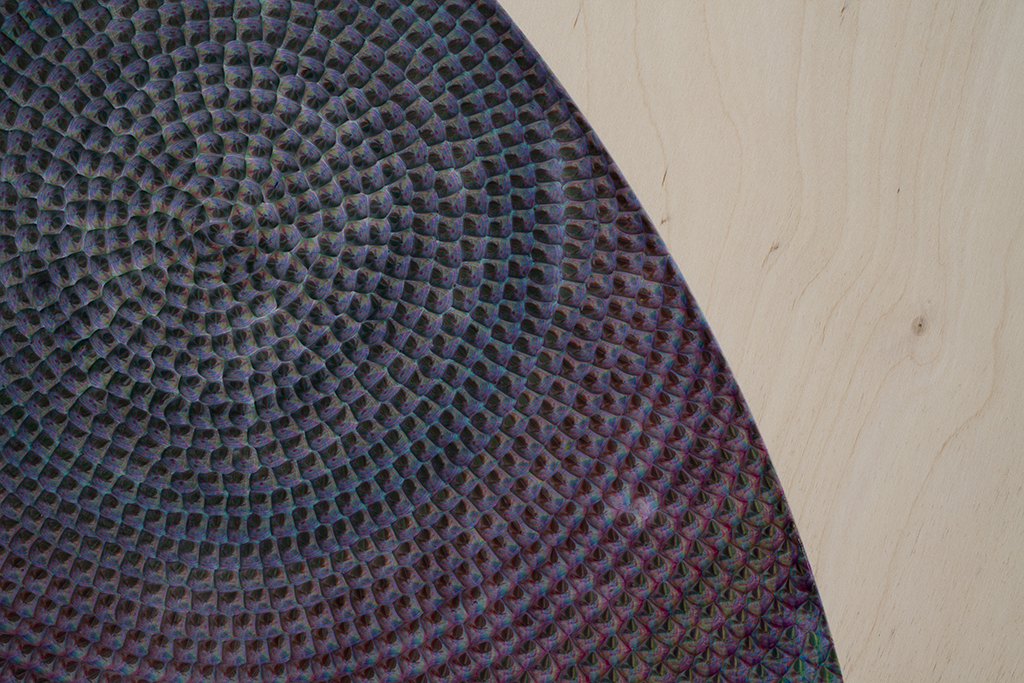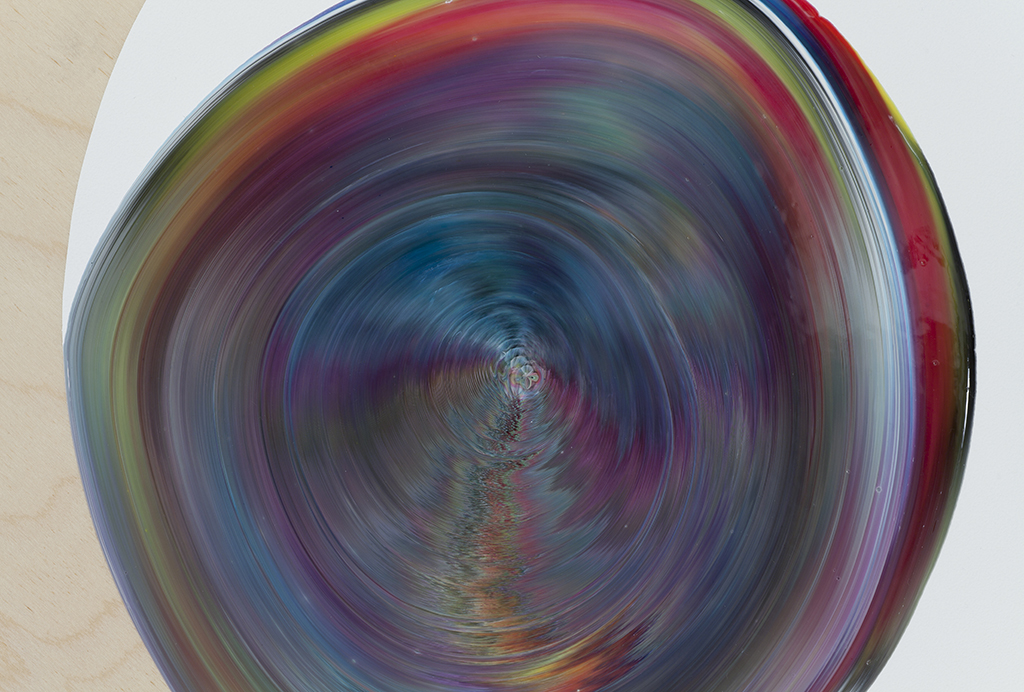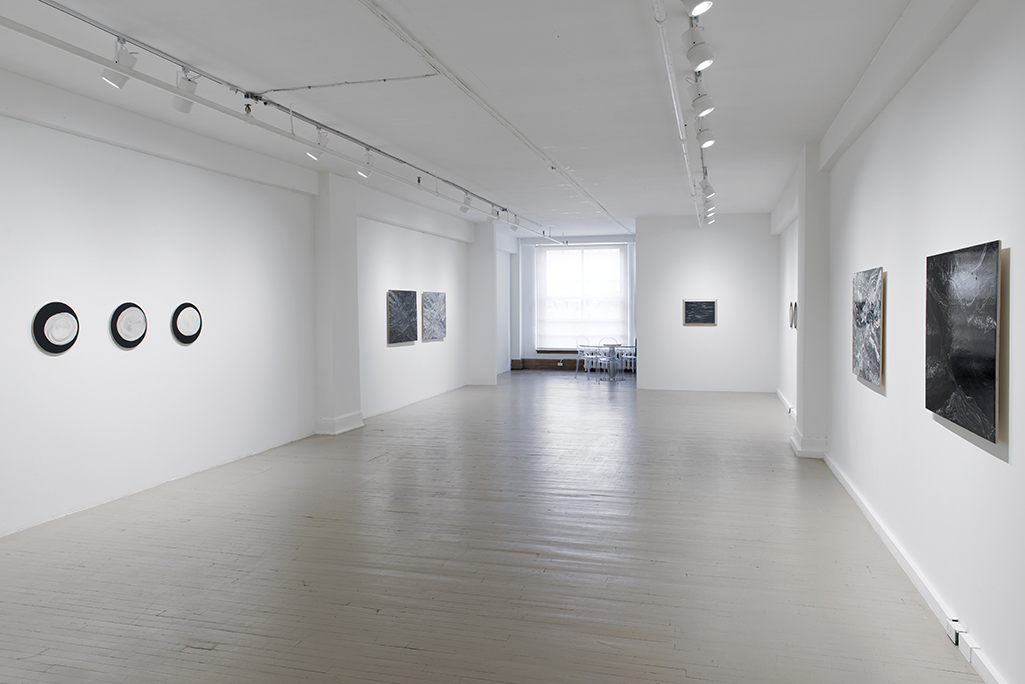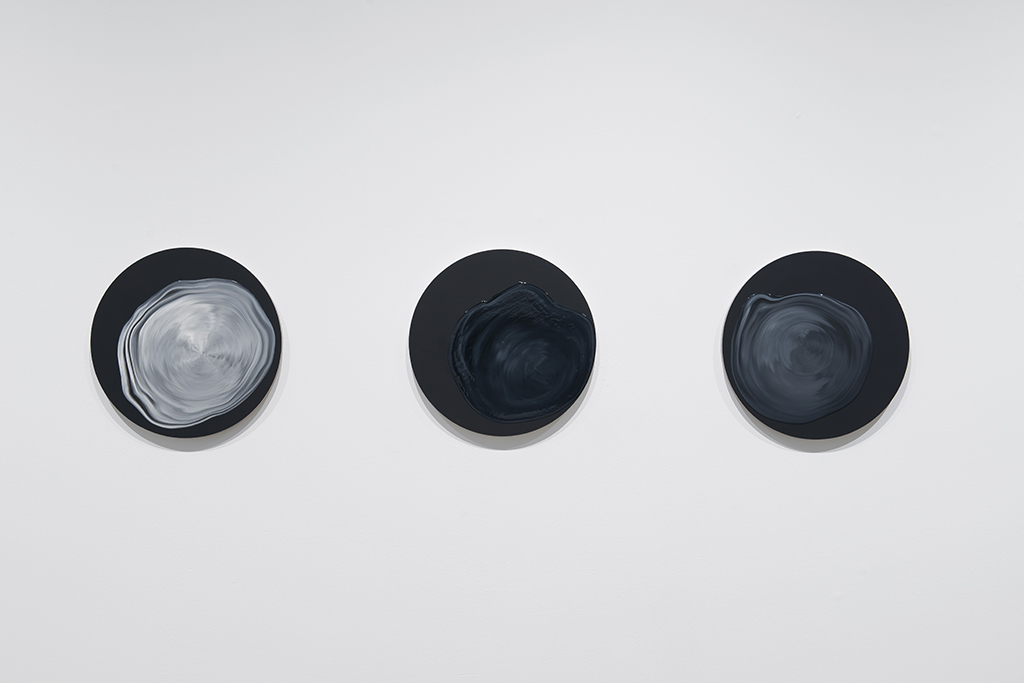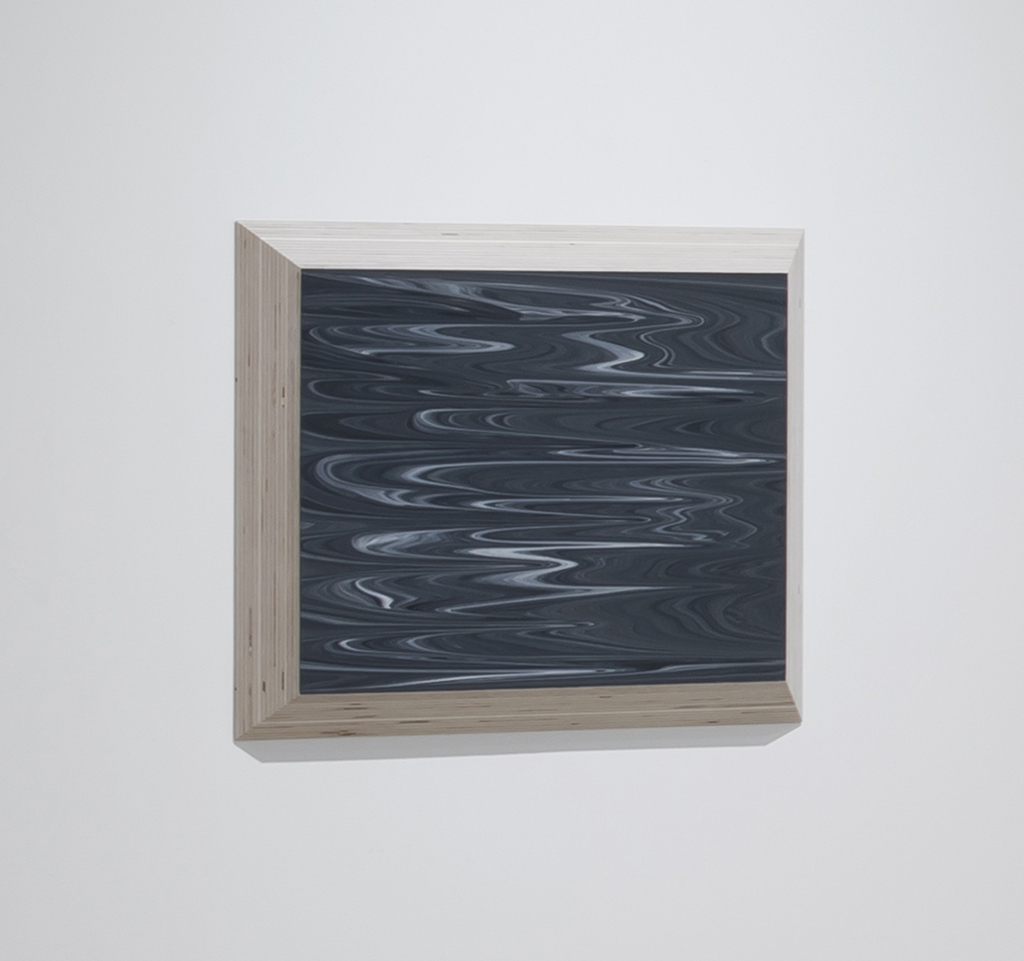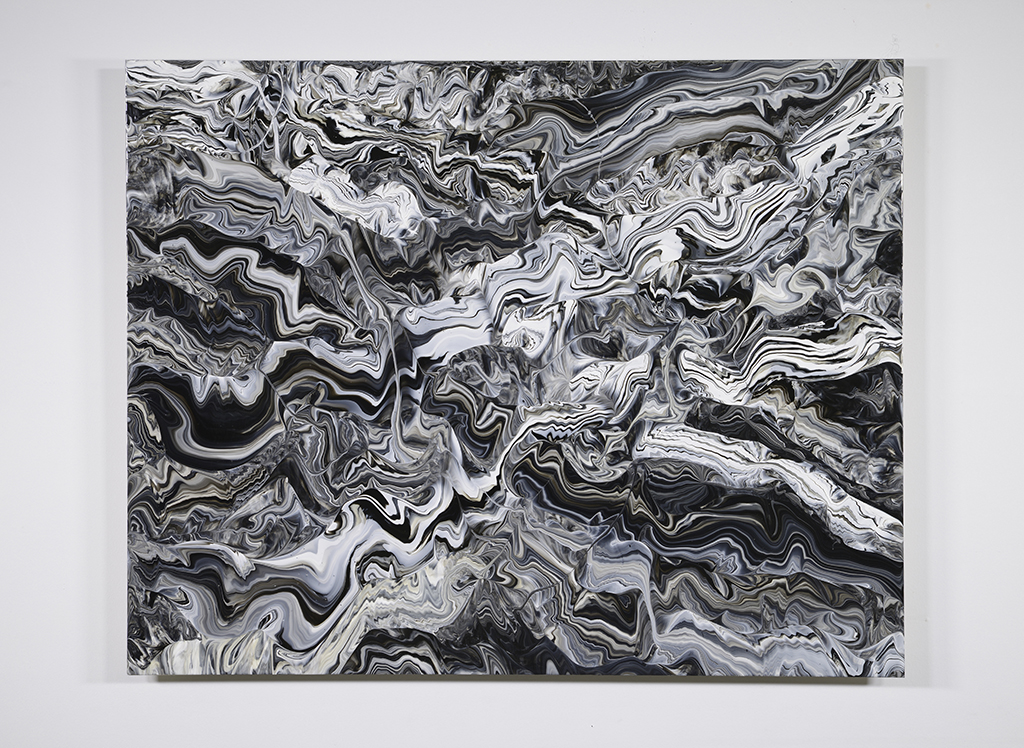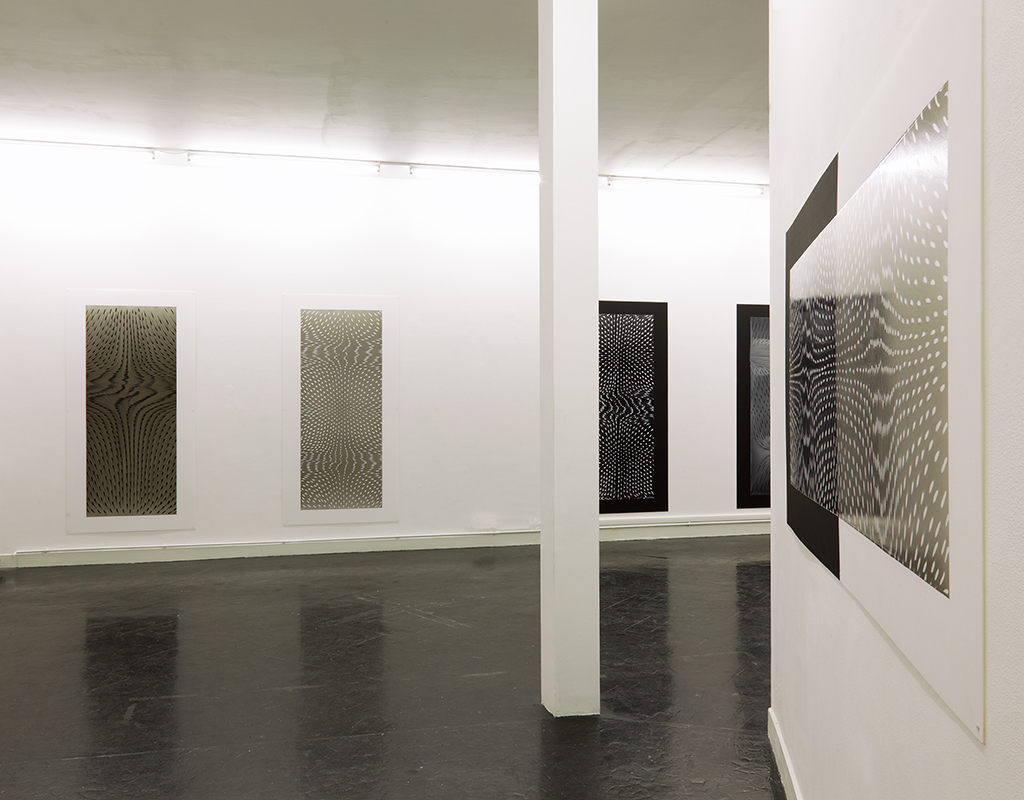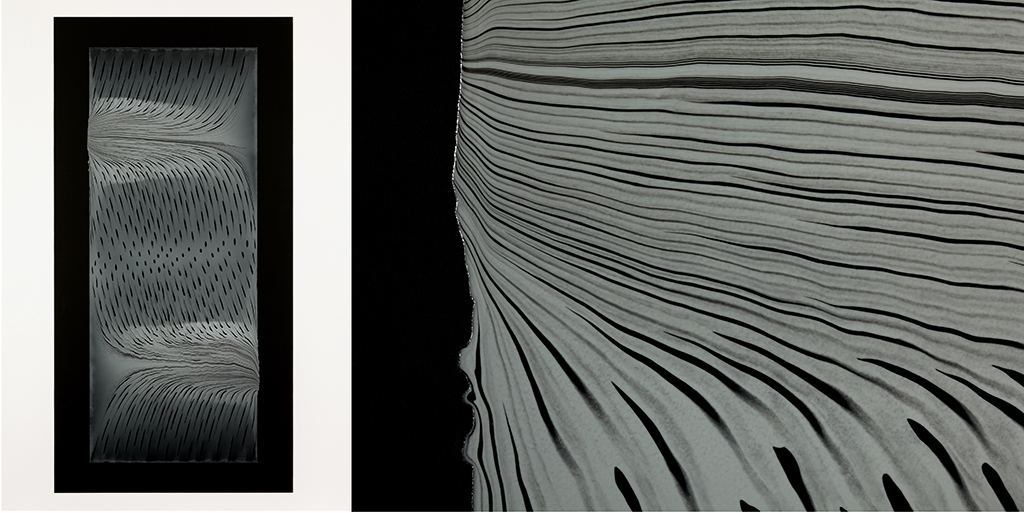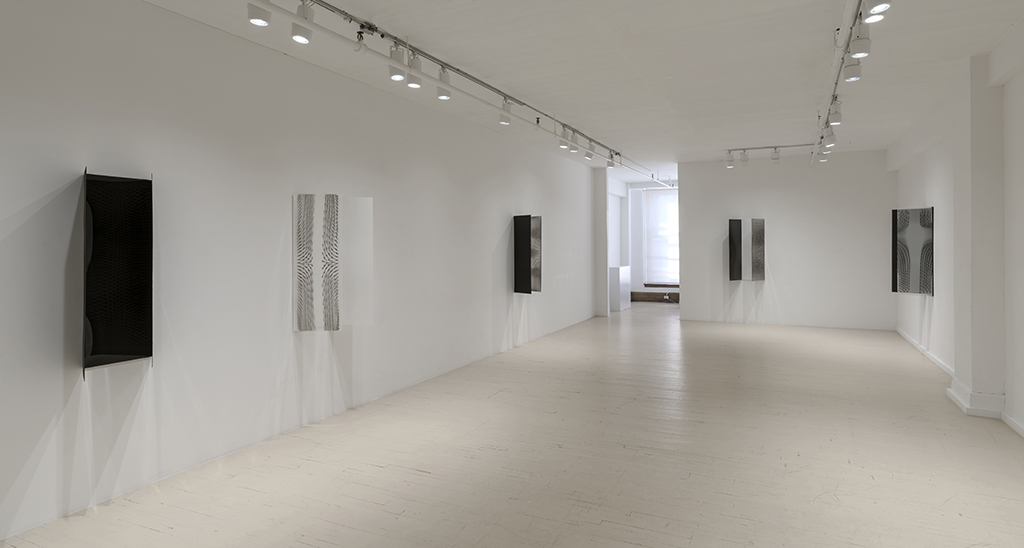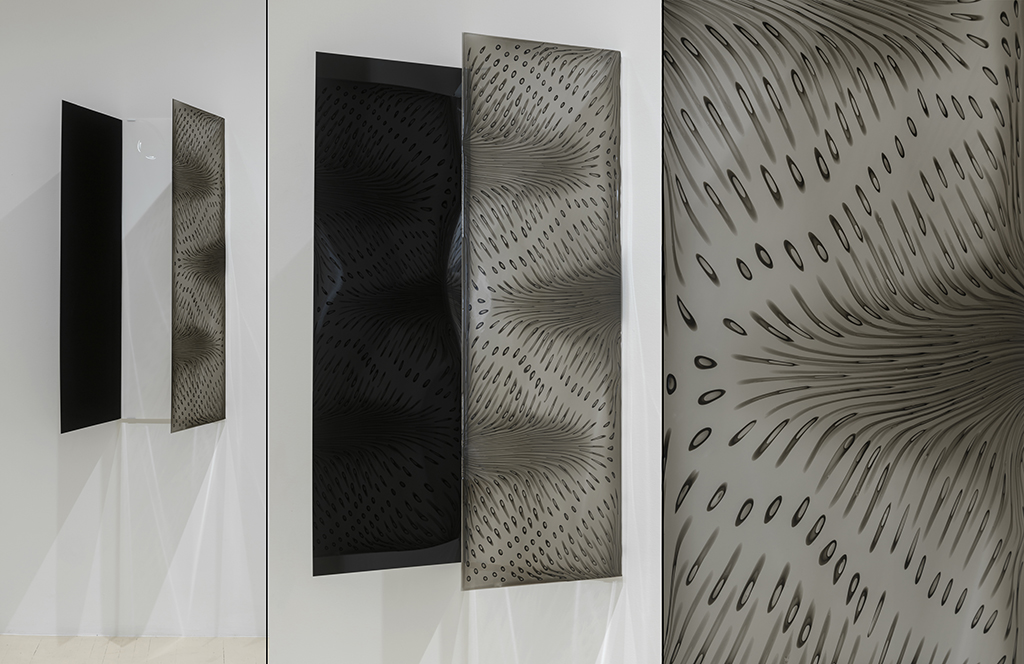My practice of abstract painting focuses on the material aspect of colour, trying to reveal it in a brand-new form. At the heart of my process is the following hypothesis: creating work within specific procedural constraints can potentially cause remarkable new visual effects. I engage with the properties of painting through simple work processes that take shape through the self-imposed limitations I establish at the start of each new project. These vary from a specific material, to a restricted choice of palette, a technique for applying paint, or a predetermined type of composition.
The pictorial space thus created oscillates from regularity to instability, from depth to surface, from visual to material. I wish to tap into the perceptual complexity generated by the painting, which draws us in by its visual impact, its quality as an object and its obvious yet puzzling production process. My works give new currency to traditional issues of abstract painting seeking to renew its technical aspects – as much through its medium and its support as its hanging.

